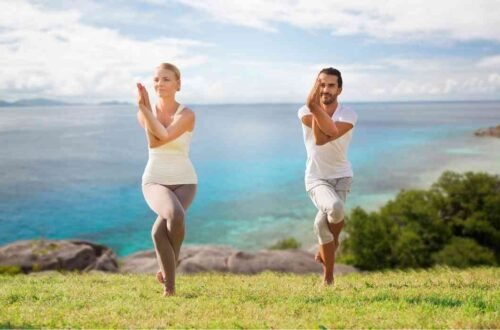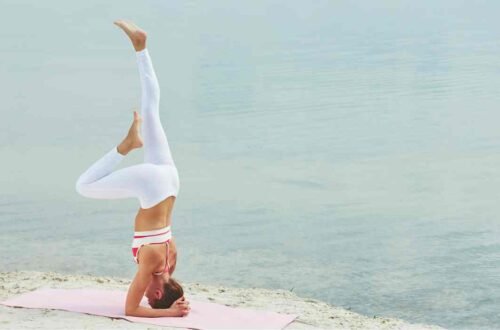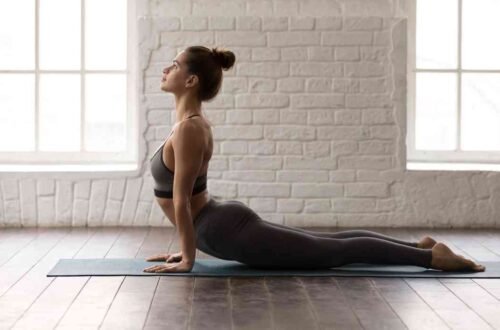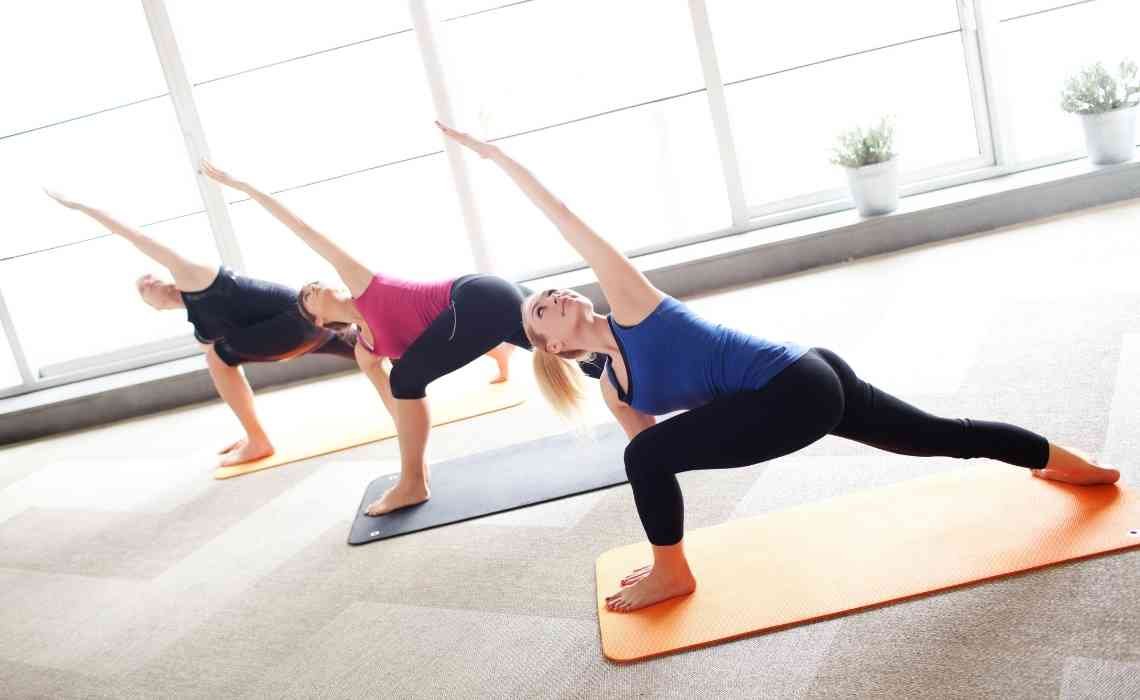
Can Yoga Really Be My Only Exercise? A Simple Guide to Understand
When people talk about exercise, most of us imagine running on a treadmill, lifting heavy weights, or doing push-ups until we are tired. But yoga, which started in India thousands of years ago, is also a form of exercise. Now the big question is: Can yoga really be my only exercise? Let’s explore this idea in simple words.
What is Yoga?
Yoga is a mix of stretching, breathing, and holding different body positions called poses. These poses are called “asanas.” Each pose has a purpose, like making your muscles stronger, helping you balance better, or calming your mind. Yoga is not only about the body but also about feeling peaceful inside.
Yoga can be slow and gentle or fast and sweaty. Some types, like “Restorative Yoga,” are very calm. Others, like “Power Yoga” or “Vinyasa Yoga,” make you move quickly from one pose to another, and you can sweat a lot.
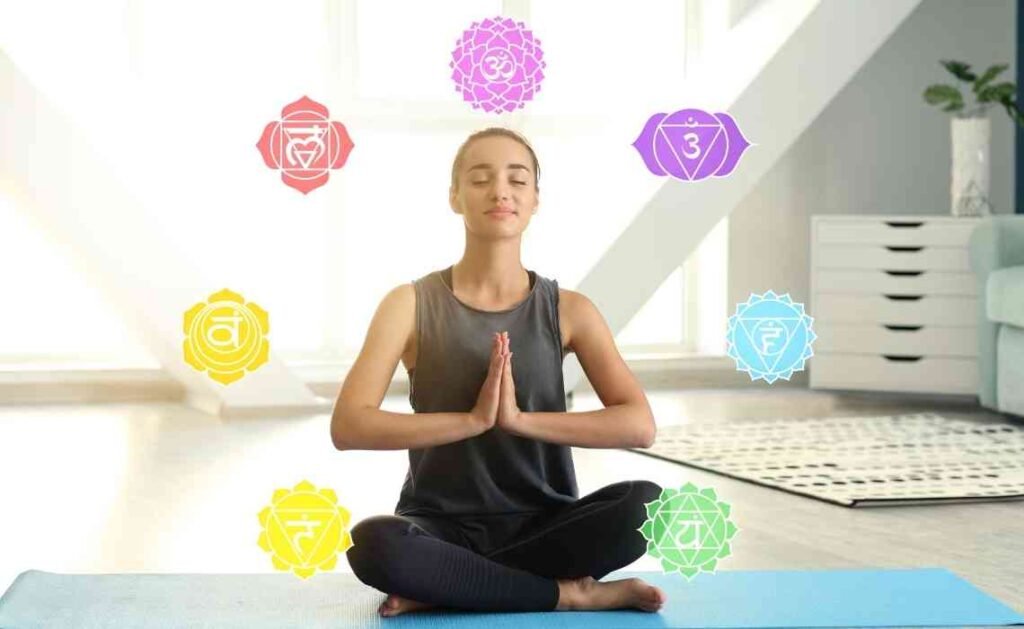
How Does Yoga Help the Body?
Yoga helps in many ways. It makes your muscles longer and more flexible. It also builds strength because when you hold your own body weight in poses like “Plank” or “Warrior,” your muscles work hard. Yoga can improve your balance, which is important even for simple things like walking without tripping.
Yoga is also good for your breathing. Many classes teach “pranayama,” which means breathing exercises. This helps bring more oxygen into your body and keeps your heart and lungs healthy.
Is Yoga Good for the Heart?
Yes, yoga can help your heart too. Some types of yoga, like “Vinyasa” or “Ashtanga,” are fast enough to raise your heart rate. When your heart beats faster during exercise, it gets stronger over time. Doctors say that a strong heart can pump blood better and keep you healthy longer.
But if you want heart benefits similar to running or biking, you need to choose a faster-paced yoga class. Gentle yoga styles are great for relaxing but may not get your heart working hard enough to replace cardio activities fully.
Can Yoga Build Muscles?
Yoga can build muscles, but it does it in a different way than lifting weights at the gym. In yoga, you use your own body weight to make your muscles stronger. Poses like “Downward Dog,” “Chair Pose,” and “Plank” make your arms, legs, and belly muscles work really hard.
Over time, people who do yoga regularly get strong and toned. However, if you want huge muscles like a bodybuilder, yoga alone may not be enough. You might need extra strength training with weights.
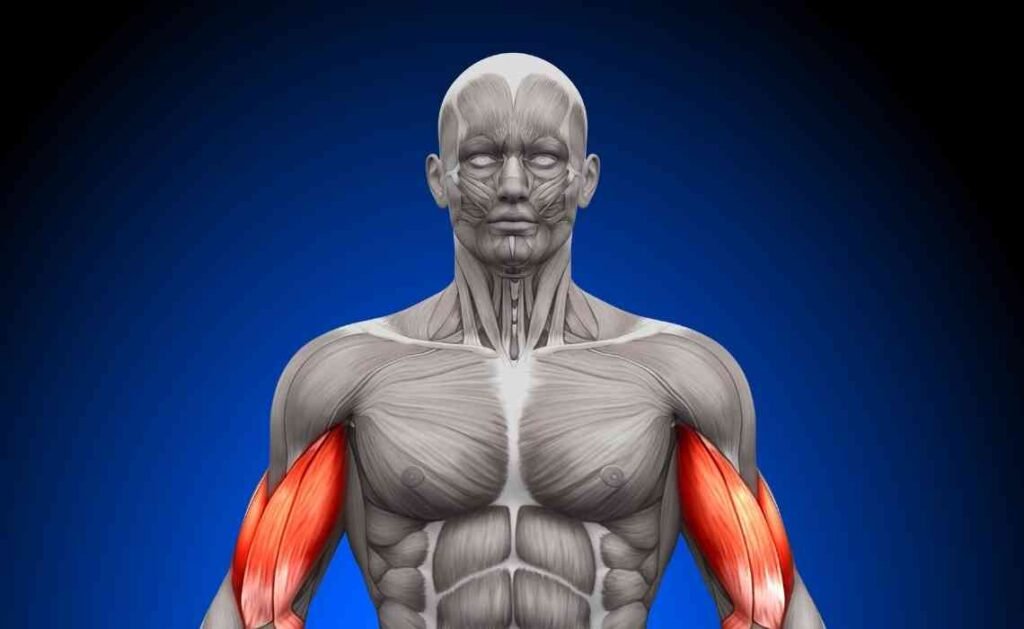
Does Yoga Help Burn Calories?
Yes, yoga burns calories, but how much depends on the type of yoga you do. A slow yoga class may not burn as many calories as a run around the park. But a fast-moving class like “Power Yoga” can burn a lot of calories.
Also, yoga helps people make better food choices. Many people say that after starting yoga, they naturally want to eat healthier. Eating better and moving your body helps you maintain a healthy weight.
Yoga and Flexibility
Flexibility means how easily your joints and muscles can move. Yoga is one of the best ways to become more flexible. In the beginning, you might feel stiff. But over time, your body gets used to the movements, and you can stretch deeper.
Being flexible can prevent injuries. It helps you do everyday things like bending down to tie your shoes or reaching up to get something from a shelf without hurting yourself.

Yoga and Mental Health
Yoga does not just make your body healthy; it also helps your mind. Many people feel less stressed after a yoga class. This is because yoga teaches you to breathe deeply and focus on the moment.
Yoga can help with anxiety and sadness too. Some studies show that people who do yoga feel happier. It also improves sleep, which is very important for health. When your mind is peaceful, your whole life feels better.
Different Types of Yoga You Can Try
- Hatha Yoga: Slow and good for beginners.
- Vinyasa Yoga: Fast and good for getting your heart rate up.
- Power Yoga: Intense and great for strength.
- Yin Yoga: Deep stretches held for a long time.
- Restorative Yoga: Very relaxing and calming.
- Ashtanga Yoga: Strong and follows a set series of poses.
Each type has its own special benefits. You can try different styles and see which one you like best.
Are There Things Yoga Cannot Replace?
While yoga is amazing, there are a few things it may not cover fully if it’s your only exercise:
1. High-Intensity Cardio:
Yoga, even the fast kinds, usually does not get your heart rate as high as running, swimming, or cycling. High-intensity cardio is important for making your heart really strong and for improving endurance. If you love yoga but want more heart benefits, you might add short runs or cycling once or twice a week.
2. Very Heavy Strength Training:
Yoga builds strength but may not replace lifting heavy weights. Lifting heavy things is important, especially as we get older, to keep our bones strong. Strong bones prevent problems like osteoporosis. You can balance yoga with some simple weight exercises to cover this need.
3. Speed and Agility Training:
Yoga is great for balance and flexibility but may not improve quick movements and fast reactions. Sports like tennis, basketball, or special exercises like jumping drills help you stay quick and agile. If you play sports or want to stay speedy, mixing yoga with some sports practice is a good idea.
Yoga as the Center of Your Exercise Plan
Even though yoga might not cover every single type of exercise perfectly, it can be the center of your exercise life. Many people do yoga most days and add just a little bit of other activities to fill the gaps.
For example, you can do yoga five days a week and go for a short run on two days. Or you can do yoga most days and lift weights for a few minutes twice a week. This way, you still enjoy the magic of yoga but also get the full health benefits that your body needs.
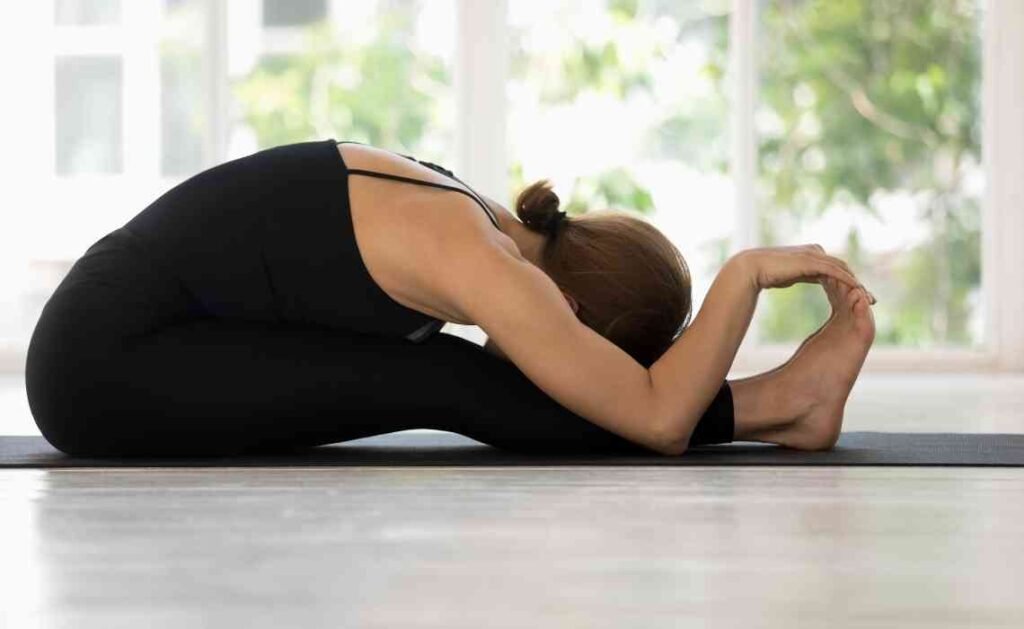
How to Start Yoga as Your Main Exercise
1. Choose Active Styles:
Pick yoga classes that move quickly and challenge your body, like Power Yoga or Vinyasa Flow. These classes will give you both strength and cardio benefits.
2. Listen to Your Body:
Yoga teaches you to notice how you feel. If you feel too tired, choose a gentler class. If you feel full of energy, go for a harder session.
3. Stay Consistent:
Like with any exercise, doing yoga once in a while is not enough. Try to practice at least 4-5 times a week. Your body needs regular movement to stay healthy.
4. Add Little Extras If Needed:
You can still enjoy yoga as your main exercise and add a 20-minute walk, a fun dance session, or a few push-ups here and there. It doesn’t have to be complicated.
Can Yoga Really Be Your Only Exercise?
Yes, for many people, yoga can be their main and only exercise, especially if they choose active styles and practice regularly. It builds strength, improves flexibility, helps balance, boosts mental health, and even burns calories.
However, depending on your personal goals, like wanting to run a marathon, lift heavy weights, or become super-fast, you might need to add a few more activities. But overall, yoga offers a full-body, full-mind workout that keeps many people happy, healthy, and strong.
Yoga is not just exercise; it is a way of life that can bring strength, peace, and happiness into your daily routine.



